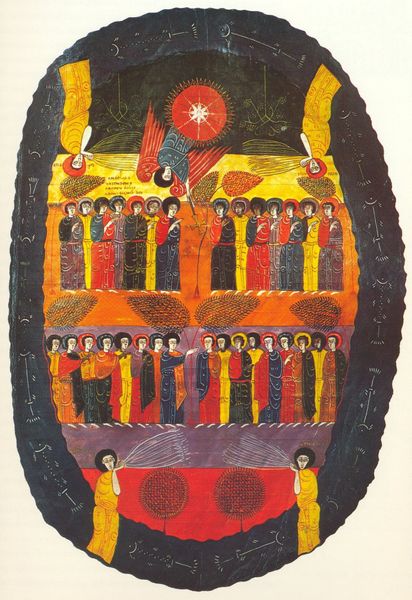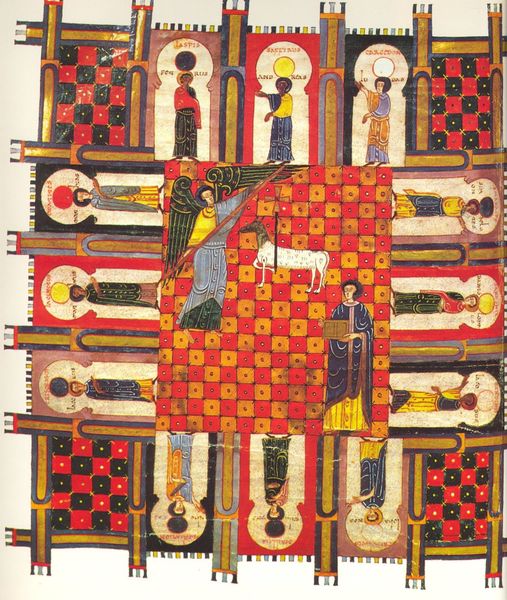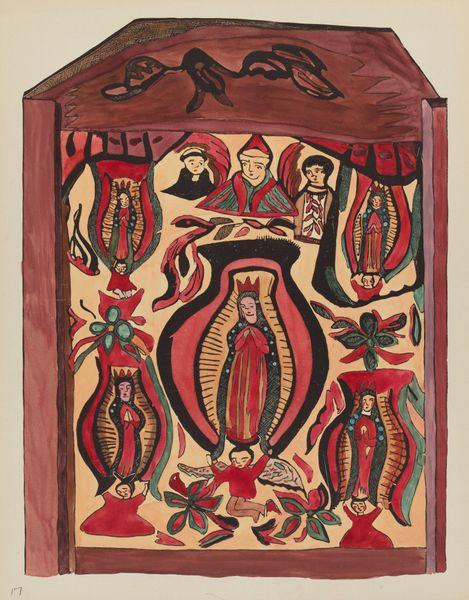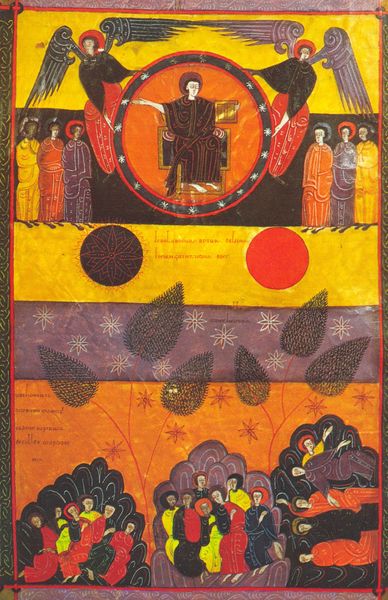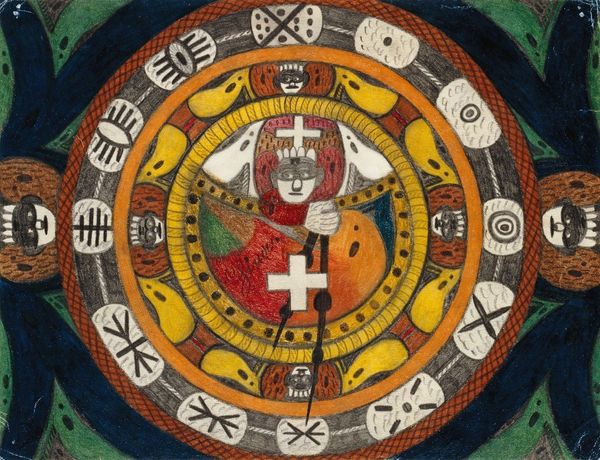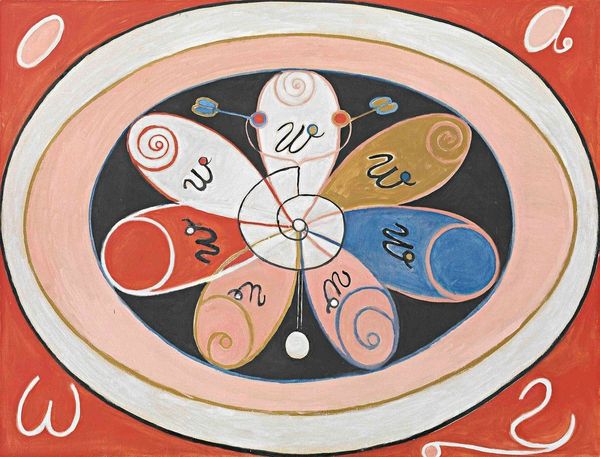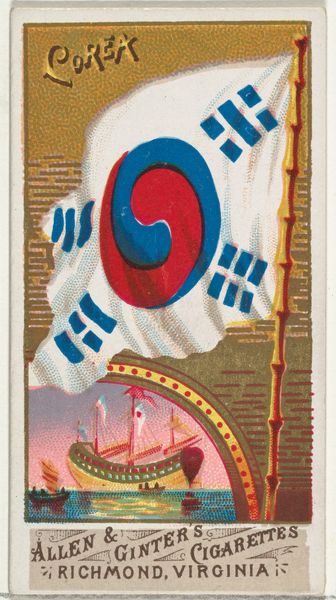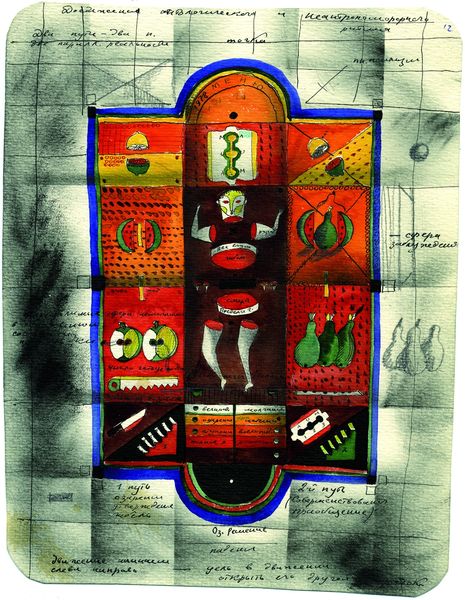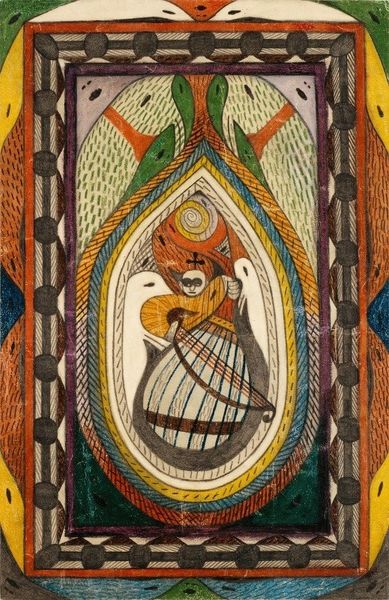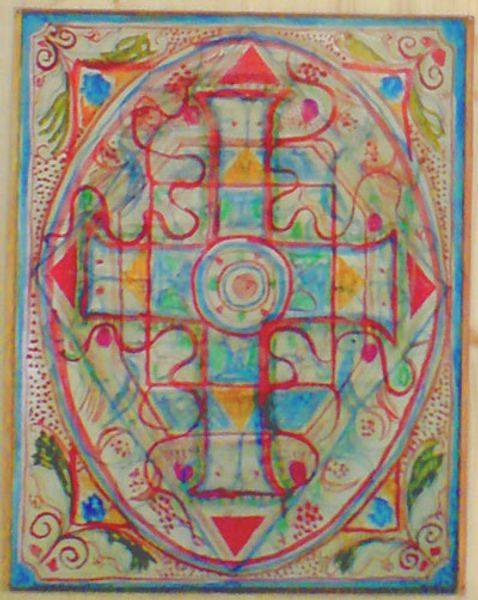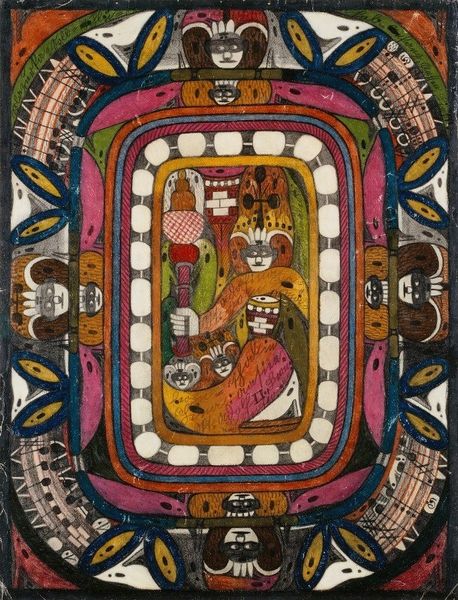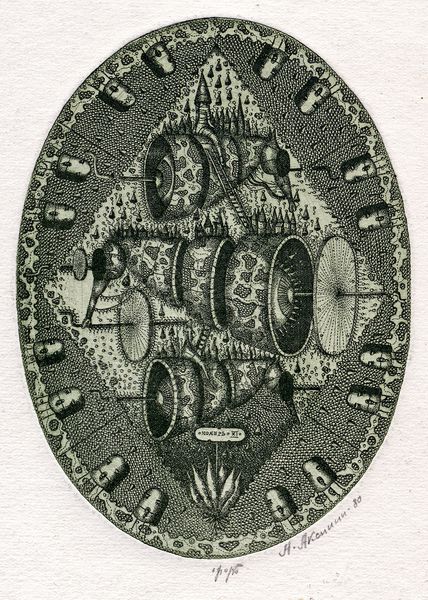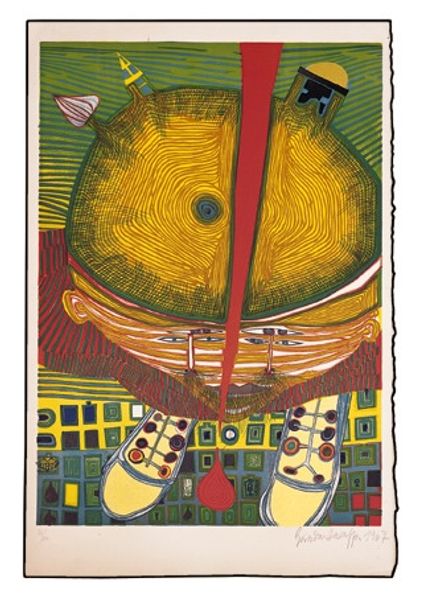
tempera
#
byzantine-art
#
allegory
#
narrative-art
#
tempera
#
graffiti art
#
stain glass
#
pop art
#
naive art
#
history-painting
#
miniature
Copyright: Public domain
Editor: We're looking at "Grande Théophanie, synthèse de l'Apocalypse IV et V, et Ézéchiel I" by Facundus, a tempera piece. It feels deeply symbolic and layered, almost like a complex philosophical statement visualized. How do you interpret this work? Curator: I see a powerful representation of religious authority intertwined with social order. Facundus synthesizes biblical narratives not merely as illustrations, but as coded messages about power. Notice the hierarchical arrangement – who is at the center, who surrounds them, and what does that say about the intended audience and the sociopolitical landscape of the time? Editor: I see the lamb at the center, with what appears to be angels all around the circle, attending to someone writing at the top. So it seems the power flows from a center toward some kind of historical account being made? Curator: Precisely! But consider the implications of depicting that authority figure as engaged in scripture, legitimizing doctrine. Think about whose voices are absent, who is being excluded from this narrative. Are there alternative readings that challenge the dominant ideology presented here? Editor: That’s a point. It's so explicitly a religious interpretation of society that other elements are by definition outside its bounds. Almost like a visual argument. Curator: Indeed. Art like this served to reinforce specific belief systems, often silencing dissenting voices and upholding existing power structures. The visual language is meticulously crafted to persuade, to assert, and ultimately, to control. It is both aesthetically beautiful and politically charged. Editor: So looking at it isn't just appreciating the technique, but also deconstructing its social impact and what's behind its intention. It does bring a new layer to understanding these works. Curator: Precisely, to reveal its complex relation to historical events and ideological battles. It is by engaging such narratives critically that we extract invaluable meaning for contemporary discussions around power, identity and representation.
Comments
No comments
Be the first to comment and join the conversation on the ultimate creative platform.
